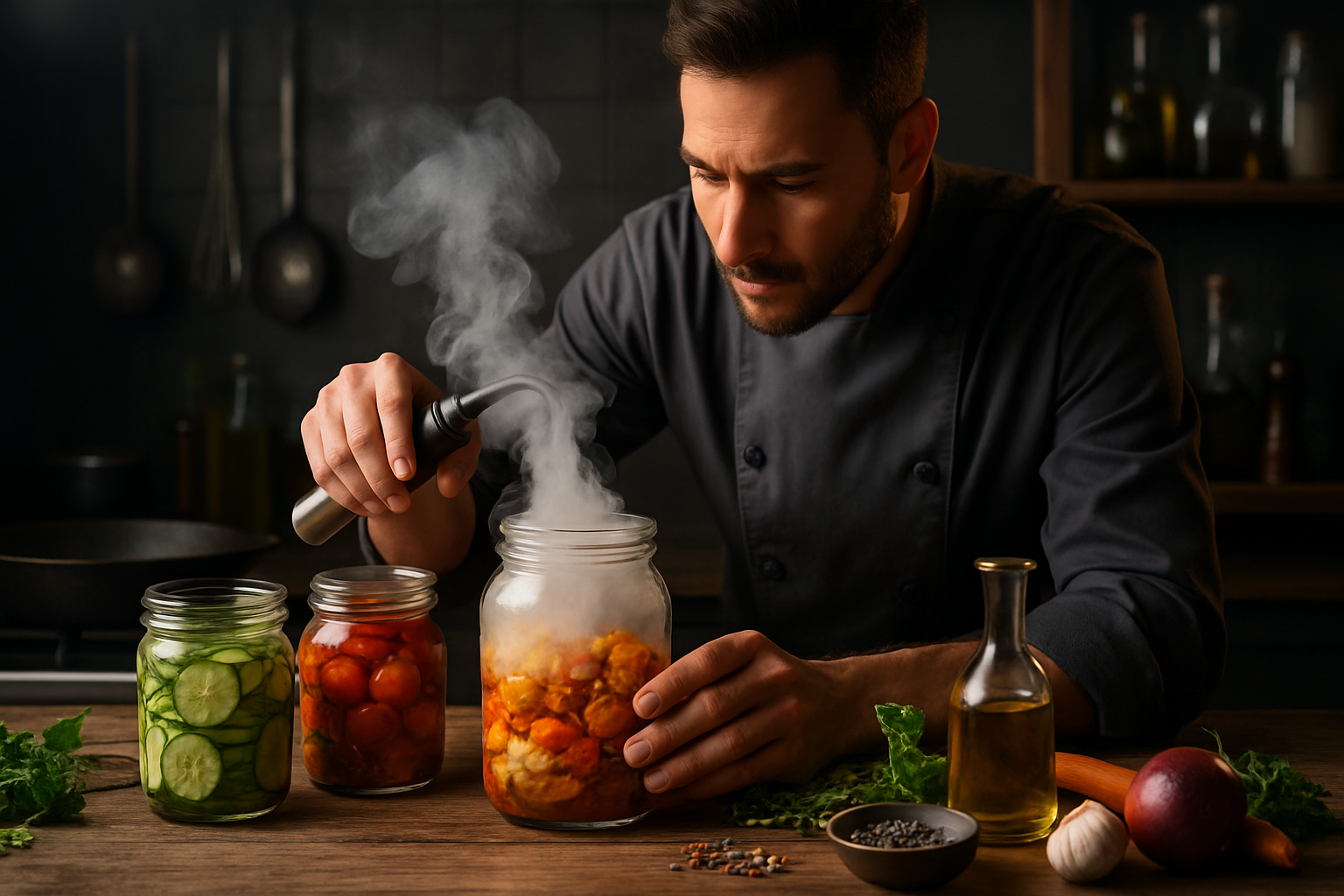Building Menus with Local and Sustainable Sourcing
Designing menus around local and sustainable sourcing brings culinary creativity, environmental consideration, and clearer supply chains into everyday gastronomy. This approach influences recipes, seasonality, and preservation choices, and encourages closer relationships with farmers, processors, and local services. The result is often more memorable flavor, reduced waste, and adaptable offerings across snacks, beverages, and streetcuisine-inspired dishes.

Shaping a menu through local and sustainable sourcing means aligning culinary decisions with what is available nearby, what can be preserved, and what supports ecological resilience. Chefs and menu planners who prioritize seasonal produce, ethical proteins, and community-driven suppliers can create gastronomy that is both distinctive and practical. This mindset affects recipe structure, portioning for snacking or larger plates, beverage selections, and how preservation techniques extend ingredient utility across the year.
How does seasonal sourcing shape culinary menus?
Seasonal sourcing narrows ingredient choices to what’s freshest and most abundant, which simplifies menuplanning and often strengthens flavor. Working with seasonal produce encourages rotating recipes that celebrate peak quality and reduce the carbon footprint of long-distance transport. Menus planned around seasons can structure offerings for breakfast, snacking, and streetcuisine formats, and they allow kitchens to develop batches of preserved items—pickles, compotes, cured elements—that bridge gaps between harvests while maintaining a consistent gastronomic identity.
What role does sustainability play in menuplanning?
Sustainability in menuplanning goes beyond local labels: it includes regenerative farming, ethical seafood sourcing, waste reduction, and energy-efficient kitchen practices. Sustainable choices influence portion sizes, ingredient pairings, and the selection of plantbased options that lower resource intensity. By communicating sourcing transparently and collaborating with local services and producers, restaurants can create resilient supply lines and menus that reflect environmental priorities without making unsupported claims about superiority.
How can fermentation and preservation be used?
Fermentation and preservation transform seasonal abundance into stable culinary building blocks, from lacto-fermented vegetables to shelf-stable sauces and cured proteins. These techniques deepen flavors, introduce probiotic and umami-rich elements, and expand menu versatility—preserved ingredients can appear in small-plate snacking, condiments for streetcuisine, or as accents in beverage pairings. Thoughtful preservation also reduces waste by capturing peaks in supply; it requires planning for storage, labeling, and food-safety protocols when integrating preserved items into recipes.
How to design plantbased and snacking options?
Design plantbased snacks and small plates around robust textures and bold seasonings so they feel intentional rather than secondary. Using legumes, grains, roasted vegetables, and preserved condiments adds protein and complexity while keeping resource use lower than many animal-based dishes. Snack-focused menu items should consider shareability, portability, and pairing with beverages; streetcuisine-inspired formats—skewers, handheld wraps, small bowls—are adaptable ways to showcase local herbs, fermented sauces, and seasonal produce in casual or formal settings.
How to create balanced pairings and beverages?
Pairings that complement local dishes benefit from aligning intensity, acidity, and textural contrast. Beverages—both nonalcoholic and alcoholic—should reflect menu flavors: light, effervescent drinks for fried or spicy streetcuisine items, herbaceous infusions for plantbased plates, and richer options for charred or cured dishes. Fermented beverages such as kombucha or locally produced ciders can link the menu to regional producers, while simple syrup infusions, preserved-fruit shrubs, and house tonics extend the role of preservation into the beverage program.
Where to find local ingredients and streetcuisine inspiration?
Identify local services such as farmers’ markets, community-supported agriculture (CSA) programs, nearby mills or fermenters, and small-scale processors to diversify supplier options. Engaging with markets, food hubs, and cooperative distributors can reveal underutilized ingredients that inspire recipe development and streetcuisine concepts. Building relationships with producers helps kitchens adapt menus quickly when supply shifts, encourages trialing new pairings, and supports a local gastronomic ecosystem that benefits both the kitchen and the broader community.
Conclusion Building menus with local and sustainable sourcing is a multidimensional practice that touches recipes, preservation strategies, beverage programs, and how dishes are portioned for snacking or full service. By coordinating seasonal availability, employing fermentation and preservation, and partnering with local services, menuplanning becomes a tool for culinary creativity and operational resilience. Over time, these choices can result in coherent gastronomy that reflects place, supports suppliers, and offers diners clear, flavorful experiences.





